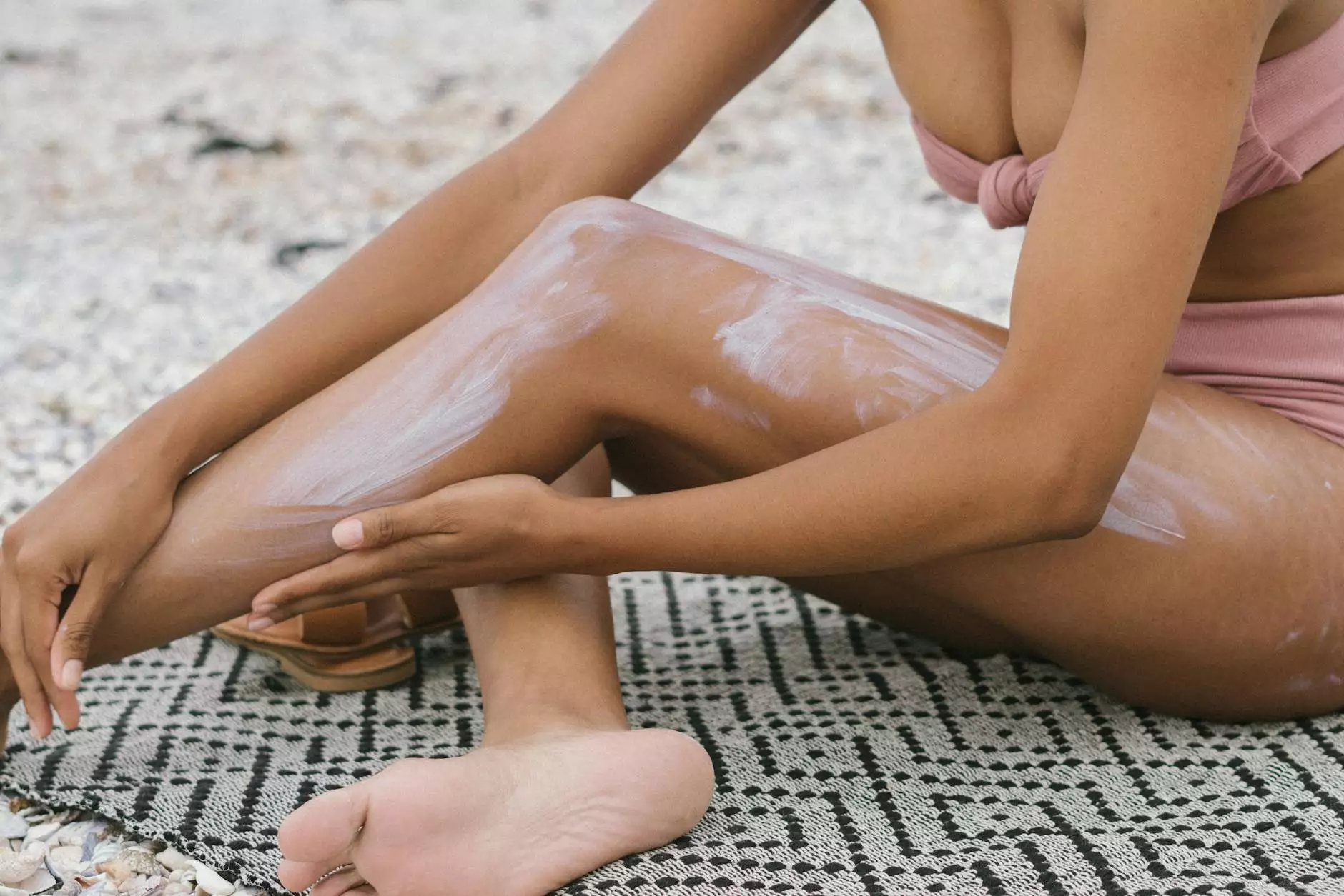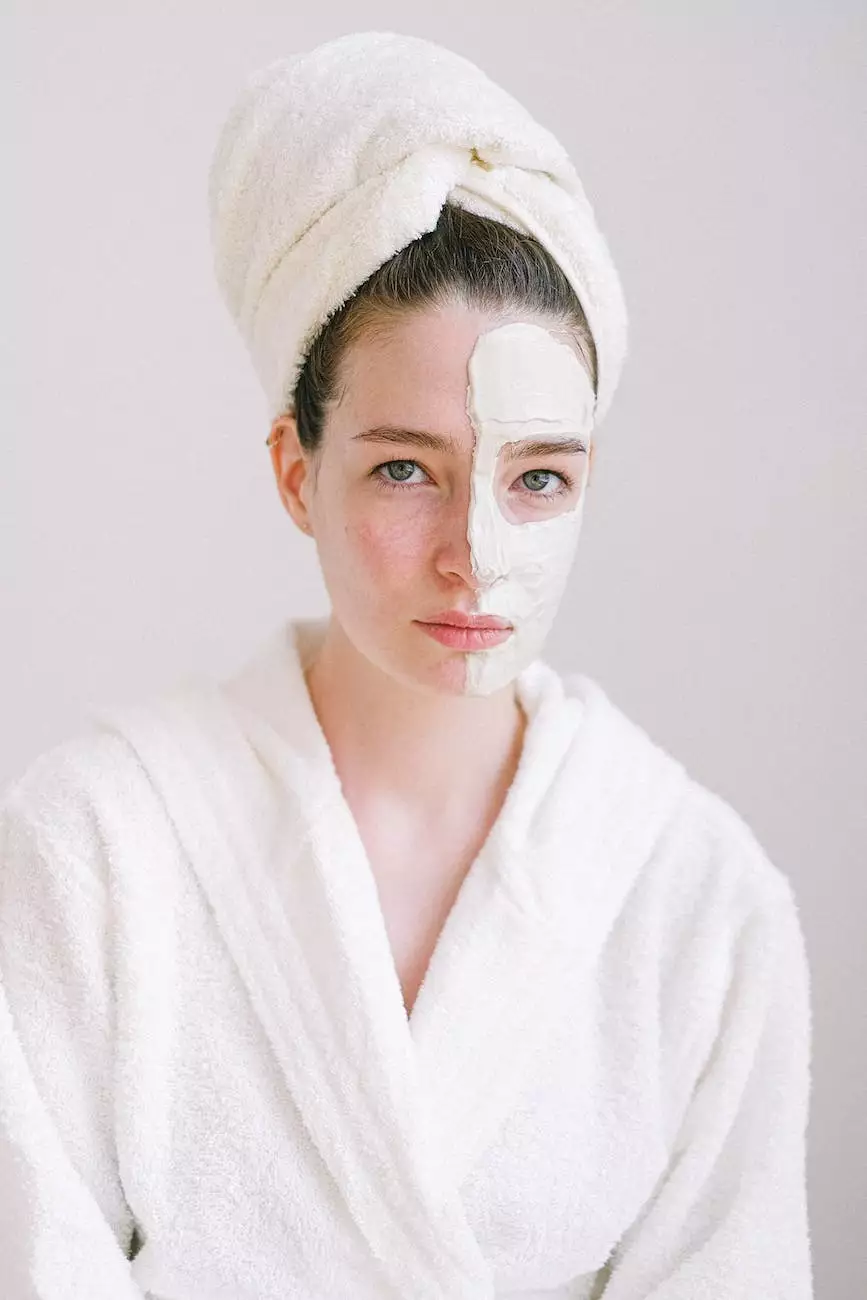Is there a safe way to tan?

Introduction
Welcome to Foley James D MD, your trusted source of information on health-related topics. In this comprehensive guide, we aim to provide you with valuable insights into safe tanning practices. With our expert advice and tips, you can achieve a healthy tan while protecting your skin from harmful UV rays.
The Importance of Safe Tanning
Tanning can be a popular method for achieving a sun-kissed glow, but it is crucial to approach it safely. Overexposure to UV radiation from the sun or tanning beds can have harmful effects on your skin, including sunburn, premature aging, and an increased risk of skin cancer.
Understanding UV Radiation
UV radiation is a type of electromagnetic radiation emitted by the sun. It consists of UVA, UVB, and UVC rays. UVA rays penetrate deep into the skin, causing long-term damage and premature aging. UVB rays are primarily responsible for sunburn, and UVC rays are absorbed by the Earth's atmosphere and do not reach us.
The Dangers of Overexposure
Overexposure to UV radiation can lead to various health issues. It is essential to protect your skin to minimize the risks. Skin cancer, including melanoma, is one of the most severe consequences of excessive UV exposure. Melanoma is a potentially life-threatening form of skin cancer, and its incidence has been rising over the years.
Tips for Safe Tanning
Use Sunscreen
Applying sunscreen with a high SPF (Sun Protection Factor) is crucial for protecting your skin. Choose a broad-spectrum sunscreen that protects against both UVA and UVB rays. Apply it generously to all exposed areas of your body before heading outdoors. Reapply every two hours, or more frequently if you are swimming or sweating.
Seek Shade
When the sun's rays are strongest, usually between 10 a.m. and 4 p.m., it's advisable to seek shade or limit your time spent under direct sunlight. This reduces your exposure to harmful UV rays and helps prevent sunburn and other skin damage.
Wear Protective Clothing
Wearing appropriate clothing can provide an additional layer of protection. Opt for lightweight, long-sleeved shirts, long pants, and wide-brimmed hats to shield your skin from the sun. Darker colors tend to offer better protection than lighter shades.
Use Self-Tanning Products
If you want to achieve a tan without exposing yourself to harmful UV rays, consider using self-tanning products. These products contain dihydroxyacetone (DHA), an ingredient that reacts with the dead cells on your skin's surface, resulting in a temporary tan. Be sure to follow the instructions carefully for the best results.
Visit a Professional
Visiting a reputable professional, such as a spray tanning salon, can provide a safe and controlled environment for tanning. The experts there can guide you in choosing the right tanning method and provide personalized recommendations based on your skin type and preferences.
Conclusion
While achieving a tan can enhance your appearance, it's crucial to prioritize your skin's health. Safe tanning practices involve protecting your skin from harmful UV rays through measures such as using sunscreen, seeking shade, and wearing protective clothing. Consider alternatives like self-tanning products or professional services to minimize your exposure to potentially damaging rays. By following these guidelines, you can enjoy a healthy tan while maintaining the well-being of your skin.
For more expert insights and advice on health-related topics, visit Foley James D MD, your trusted source for reliable information and guidance.



